
Red Sand Boa (Eryx johnii) UPSC.
A report by the Wildlife Conservation Society (WCS)-India has pointed out 172 incidents of seizures of red sand boa between the years 2016-2021. About Red Sand Boa: Commonly called the Indian Sand Boa; One of the most traded reptile species in the illegal trade market, due to its demand in the pet trade, as well as for use in black magic; Non.
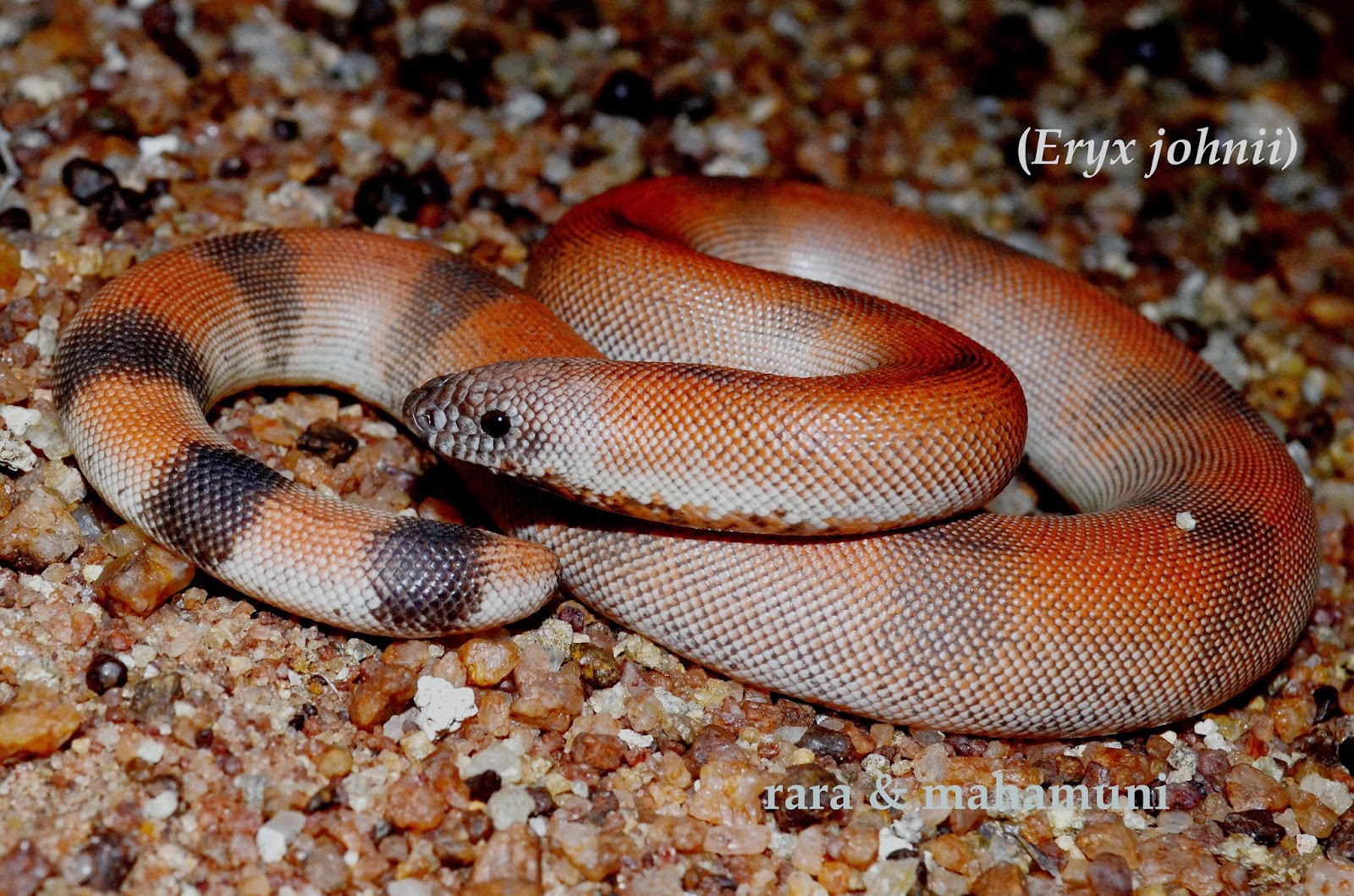
Biodiversity of Bharathidasan University Red Sand Boa
Red Sand Boa (Eryx johnii), commonly called the Indian Sand Boa, is a non-venomous species found throughout the dry parts of the Indian subcontinent. Appearance: It is a primarily reddish-brown and thick-set snake that grows to an average length of 75 cm.
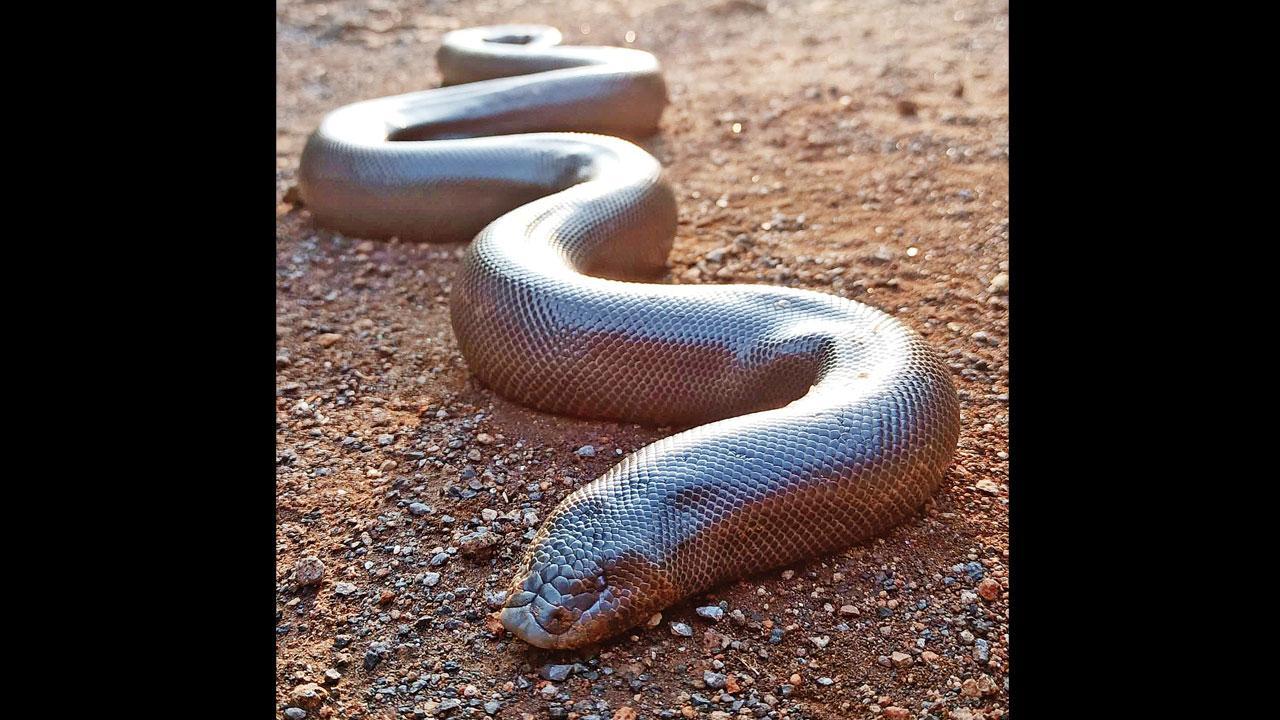
Why are smugglers eyeing the sand boa?
Red Sand Boa Eryx johnii, commonly called the Indian Sand Boa, is a non-venomous species found throughout the dry parts of the Indian subcontinent. It is a primarily reddish-brown and thick-set snake that grows to an average length of 75 cm.

A 3 ft. Red Sand Boa was rescued from a farm at Chattarpur, Delhi by the WildlifeSOS rescue
A report by the Wildlife Conservation Society (WCS)-India has pointed out around 172 incidents of seizures of red sand boa (Eryx johnii) between the years 2016-2021.. Highlights of the Report:. Published by: The Counter Wildlife Trafficking unit of WCS-India.; Title: 'Illegal Trade of Red Sand Boa in India 2016-2021 ' It collates information from media reports on the seizures.
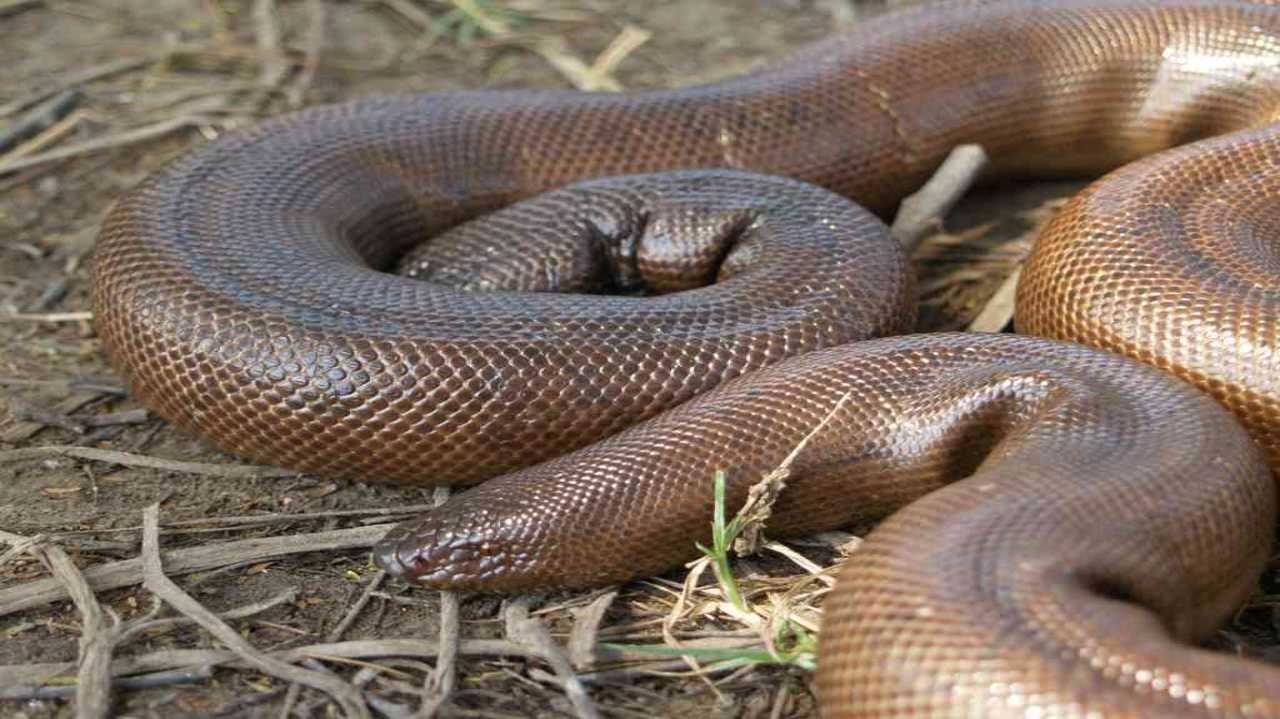
Madhya Pradesh Red Sand Boa snake worth Rs 1.25cr recovered from Rajgarh
Scientific Name: Eryx johnii (Russell, 1801) Synonym(s): • Boa johnii Russell, 1801 Common Name(s): English: German: Red Sand Boa, Baluchistani Blind Snake, Brown Sand Boa, Indian Sand Boa Indische Sandboa Taxonomic Source(s): Uetz, P., Freed, P. and Hošek, J. (eds). 2021. The Reptile Database.

Prelims Pointers for 31August2023
The Red Sand Boa (Eryx johnii), commonly called the Indian Sand Boa, is a non-venomous species. It is a primarily reddish-brown and thick-set snake that grows to an average length of 75 cm. Unlike most snakes, the tail is almost as thick as the body and gives the reptile the appearance of being "double-headed".
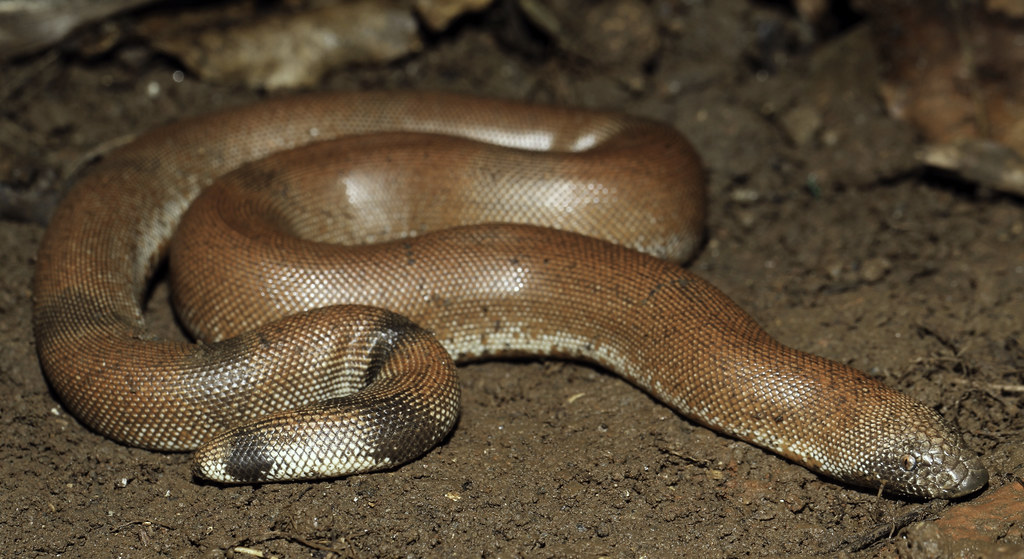
Red Sand Boa (Eryx johnii) Found near Pune, India Flickr
The red sand boa is now acknowledged as one of the most traded reptile species in the illegal trade market, due to its demand in the pet trade, as well as for use in black magic. Red Sand Boa. Red Sand Boa (Eryx johnii), commonly called the Indian Sand Boa, is a non-venomous species found throughout the dry parts of the Indian subcontinent.

Campaign to protect the rare Red Sand Boa
The red sand boa is a thick-set snake that's usually reddish-brown, known for its blunt tail, which it uses to mimic its head when it senses a threat. Classified as 'Near Threatened' by the International Union for Conservation of Nature (IUCN) with a declining population trend.
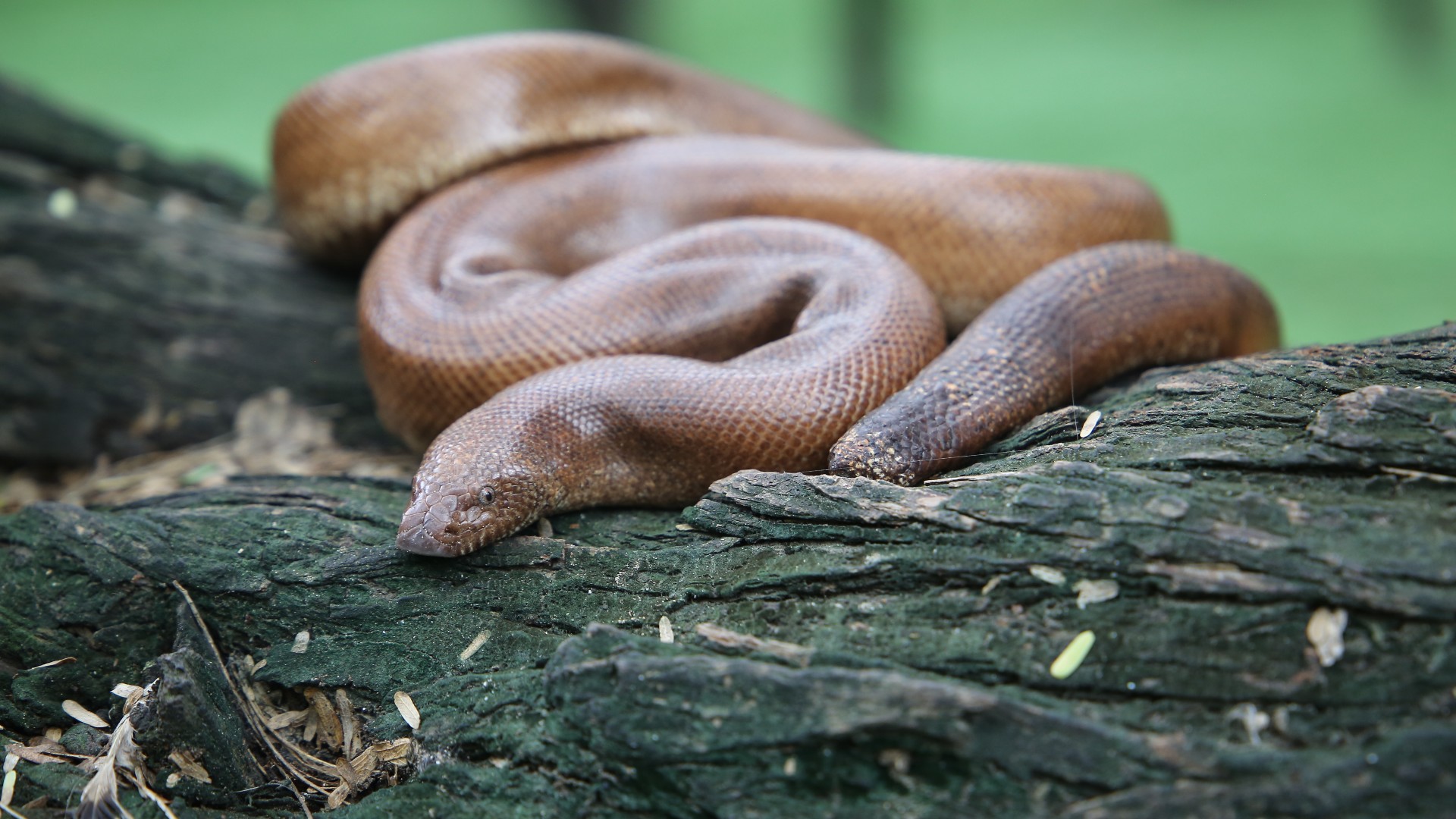
Snake Awareness For Hindustan Petroleum Employees Wildlife SOS
Red Sand Boa commonly called the Indian Sand Boa is a non-venomous snake found throughout the dry parts of the Indian subcontinent. It is a primarily reddish-brown and thick-set snake that grows to an average length of 75 cm. Unlike most snakes, the tail is almost as thick as the body and gives the reptile the appearance of being "double-headed".

RED SAND BOA Mohendra Chaudhry Zoological Park Department of Forest & wild life Preservation
The Red Sand Boa is a rare non-poisonous snake with applications in medicine, cosmetics, and even black magic, making it highly valued in the global market. Among the general public, it is referred to as the " Two-headed Snake " due to its thick tail with a rounded tip, resembling two heads. Conservation Status
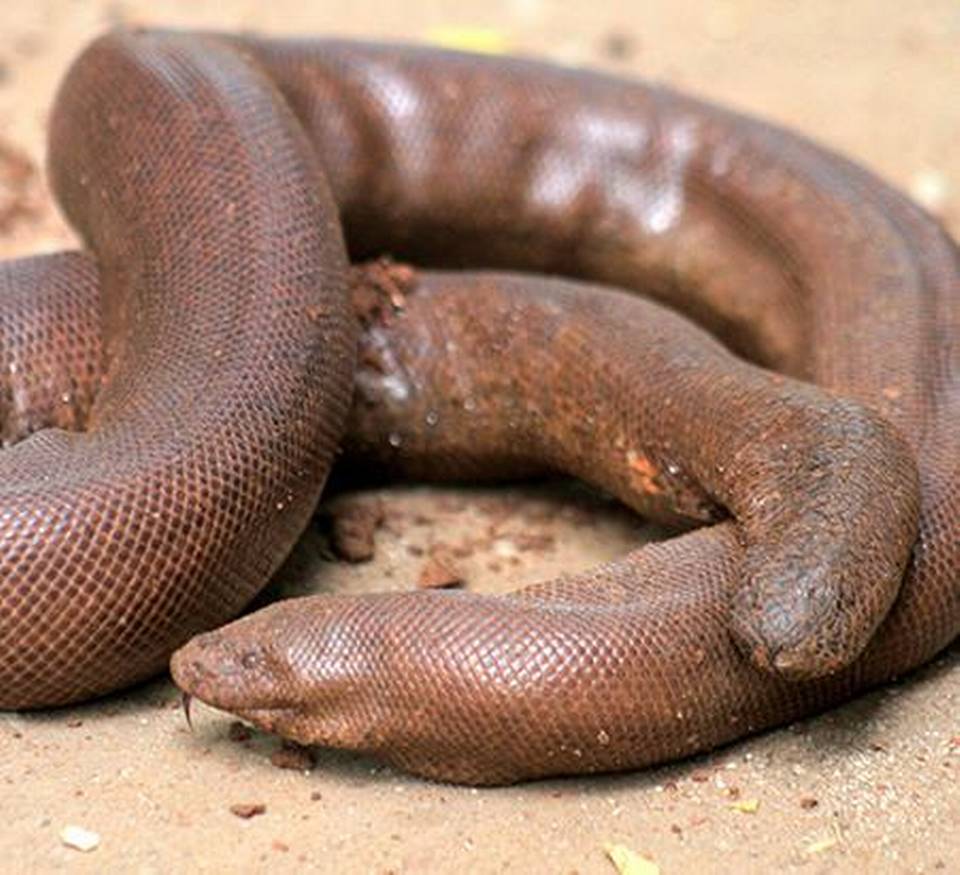
Recently, a red sand boa snake (Eryx johnii) , worth around ₹1.25 crore, was rescued from five
Red Sand Boa is a widely distributed Boa found in Indian subcontinent. Among layman it is famous as Two-headed Snake" due to presence of very thick tail having rounded end. It can be easily identified by checking brown to blackish slender body having uniform thickness and small head. This is one of the most commonly used snake in snake charming.

All About Sand Boa or 2 face Snake info and price humors
Aug. 31, 2023 A report by the Wildlife Conservation Society (WCS)-India has pointed out 172 incidents of seizures of red sand boa between the years 2016-2021. About Red Sand Boa: Red Sand Boa (Eryx johnii) is a species in the subfamily Erycinae of the family Boidae.
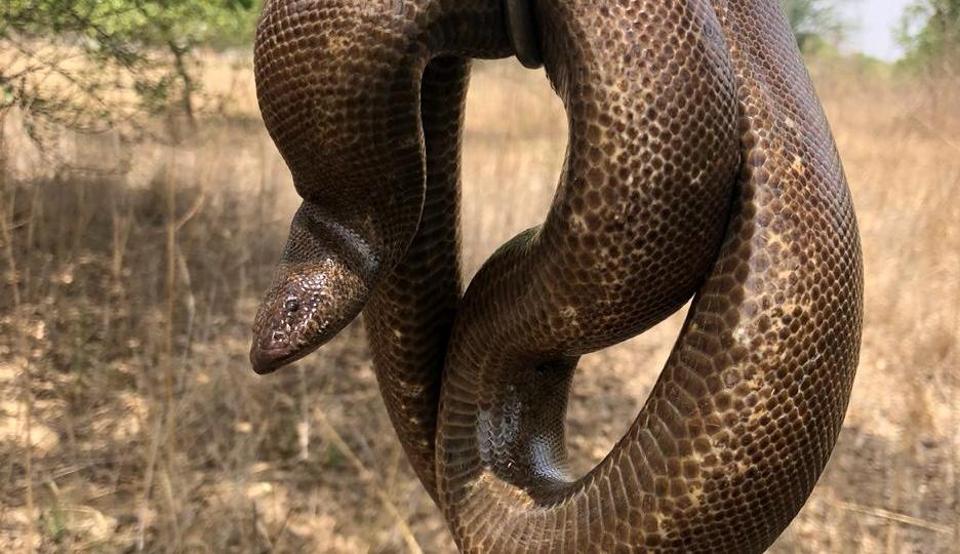
Red sand boa snake worth ₹1.25 cr rescued in Madhya Pradesh Latest News India Hindustan Times
Scientifically known as Eryx johnii, the Red Sand Boa is a non-poisonous snake. Popularly referred to as the "Two-headed Snake" due to its thick tail with a rounded end resembling a head. The Wildlife Protection Act 1972 has enlisted the Red Sand Boa in Schedule IV, making its trade and possession illegal.
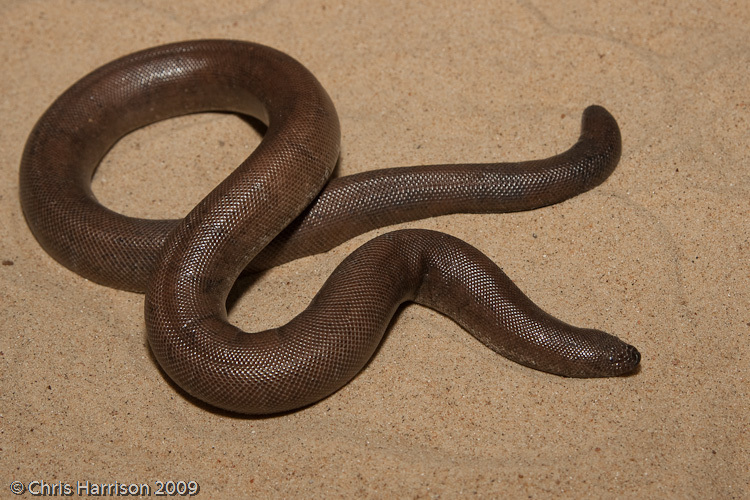
Red Sand Boa (Snakes Of Peninsular India) · iNaturalist
Red Sand Boa (Eryx johnii), commonly called the Indian Sand Boa, is a non-venomous species. It is a primarily reddish-brown and thick-set snake that grows to an average length of 75 cm. Unlike most snakes, the tail is almost as thick as the body and gives the reptile the appearance of being "double-headed".
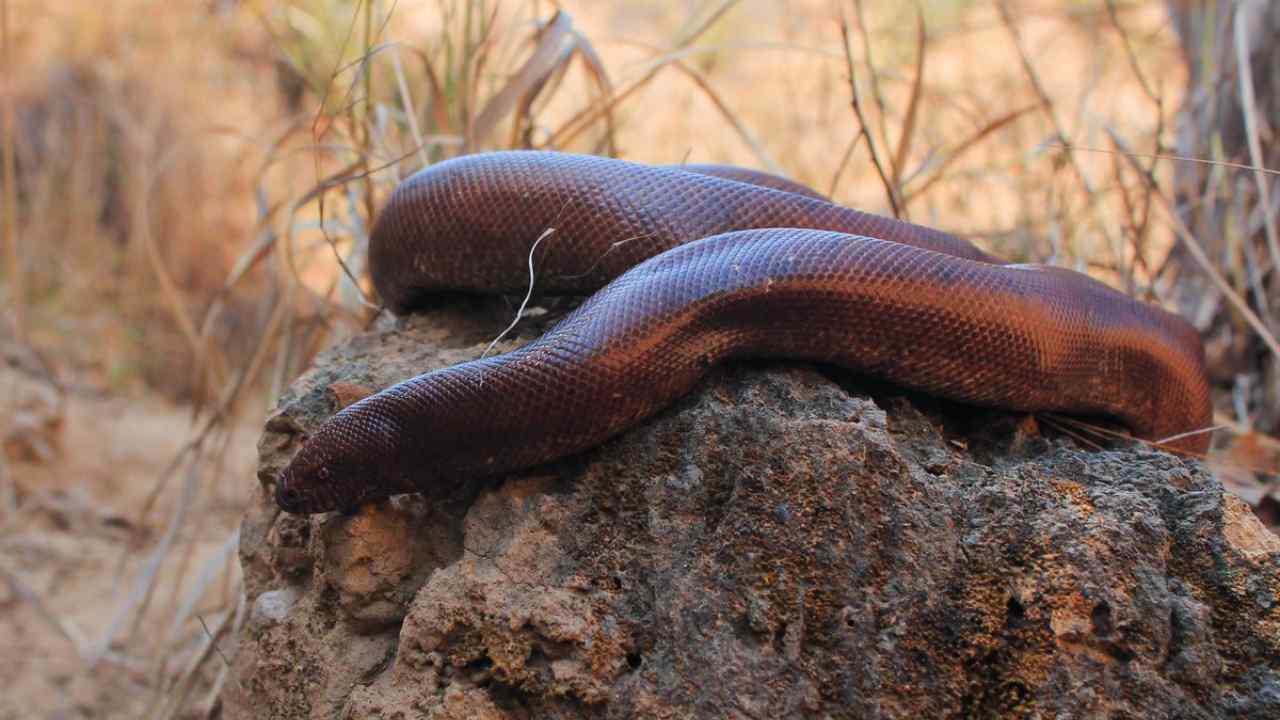
Illegal smuggling of the Indian red sand boa to China is driving them to extinctionTech News
The Red Sand Boa (Eryx johnii) is a non-venomous snake species belonging to the Boidae family. It is widely distributed across the Indian subcontinent, including regions like India, Pakistan, Sri Lanka, and parts of Bangladesh.

Huge Red Sand Boa seized from Darjeeling forest range, 4 held Huge Red Sand Boa seized from
Red Sand Boa A report from WCS-India highlights 172 incidents of red sand boa seizures between 2016-2021. It is also known as the Indian Sand Boa, non-venomous and nocturnal, is essential for ecosystem balance as it preys on rodents, lizards, and other snakes.